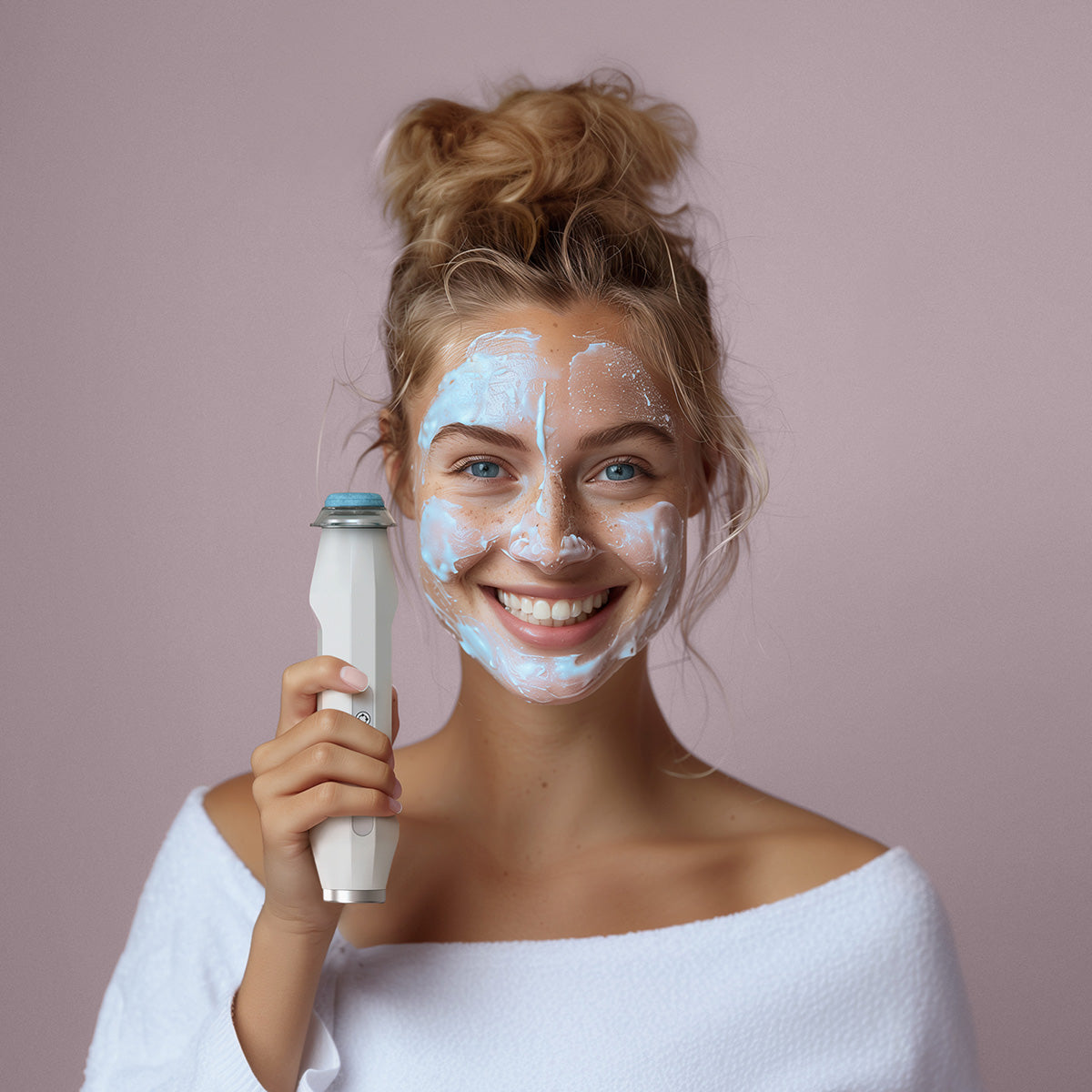How Long Are Cold Sores Contagious? Don't Cancel Your Plans Just Yet
It's the worst. You have a big event coming up, and you start to feel the little itch or tingle that lets you know a cold sore is right around the corner. Not only do you want to get rid of your cold sore for the sake of your own health and confidence, you also want to reduce the risk of passing it on to the people around you. In this article, we ask and answer the questions, “How long are cold sores contagious?”, and “What can you do to get rid of your cold sores as quickly as possible?”
Are Cold Sores Contagious?
Cold sores form because of the Herpes Simplex Type 1 virus (HSV-1), cold sores can quickly cause pain and become an ugly irritant. Even worse, cold sores are extremely contagious. It's likely that you don't remember when you were first exposed to the cold sore virus. For many, the first exposure occurs in childhood. Some people who carry the HSV-1 virus never experience a cold sore, while others experience cold sores regularly; however, once you have the cold sore virus in your body, it never goes away.
One of the biggest concerns of those who experience cold sores is passing the virus to others. Unfortunately, it's possible to spread the virus even if you haven’t identified an active cold sore, but the virus is most contagious when a visible cold sore is present.
How Long Are Cold Sores Contagious?
Cold sores become contagious up to a week before the visible cold sore appears. As soon as symptoms begin (including tingling in the area in which the sore will appear), the cold sore is contagious. For many people who suffer from cold sores, this can result in anxiety anytime they feel something is a little different around their mouth. Chapped lips, dry skin, and other common issues can all feel like the start of a cold sore, making it hard to know for sure when they need to take precautions in order to avoid spreading the virus to others.
After the tingling begins, most people notice the formation of a cold sore within about 48 hours. Fluid filled blisters appear, and the area may become extremely sensitive and painful. The blisters begin to break, and this is when the cold sore is most likely to transmit the virus to others. After about 72 hours, the cold sore begins to close, scabbing over the blistered areas. While the cold sore is not as contagious as it was during the blistering stage, it's still highly possible to transmit the virus to others.
Many people believe that cold sores are no longer contagious once they are scabbed over, but this is actually not true. A cold sore is contagious until it's completely gone. This can take up to two weeks without proper treatment.
Keeping Others Safe: What to Do When You Have a Cold Sore

When you develop a cold sore, it's important to do all you can to keep others from catching the virus. Check out these tips for lowering the risk of transmitting HSV-1 to others when you have an active cold sore.
- Avoid any close physical contact with others, including kissing and sexual activity.
- Don't share food or drinks with others, and wash any cups, straws, utensils, and dishes you use with hot, soapy water.
- Don't touch your cold sores unless you're applying medication. Be sure to wash your hands thoroughly before and after you apply medication to your cold sore.
- Be especially cautious around babies and people who have weakened immune systems. For people who do not have strong immune systems, HSV-1 can cause serious illness—far worse than a temporary cold sore.
- Avoid sharing cosmetics such as lipsticks, lip balms and foundations.
How Luminance RED Can Help
When you have a cold sore, you want to heal it as quickly as possible. While there are medications that may help, this often requires a visit to your doctor, which can waste precious time when you're developing a cold sore.
The Luminance RED device produces a 660 nanometer red light that has been clinically proven to speed up healing, reduce pain and stop future outbreaks. The red light is metabolized by your skin into ATP, or cellular energy, which it can then use to heal more quickly and prevent future outbreaks.
Using Luminance RED is simple. When you feel the tingle of a cold sore, apply the red light by holding the device about half an inch from the affected area. Be sure that the area where you feel the cold sore coming on is clean, and not covered with medication or makeup, as this may affect the efficacy of the Luminance RED device. Treat the affected area for 60 seconds, 2-3 times a day until the sore subsides.
Learn if the Luminance RED is right for you
LED-LLLT, the core technology of the Luminance RED is newly available to the public, so you may have questions about whether the device can work for you. We're here to help. Visit our clinical studies and FAQ pages to learn more about the science behind the device. Ready to heal your cold sore fast with Luminance RED? Click here to purchase your device and begin treatment now.

















